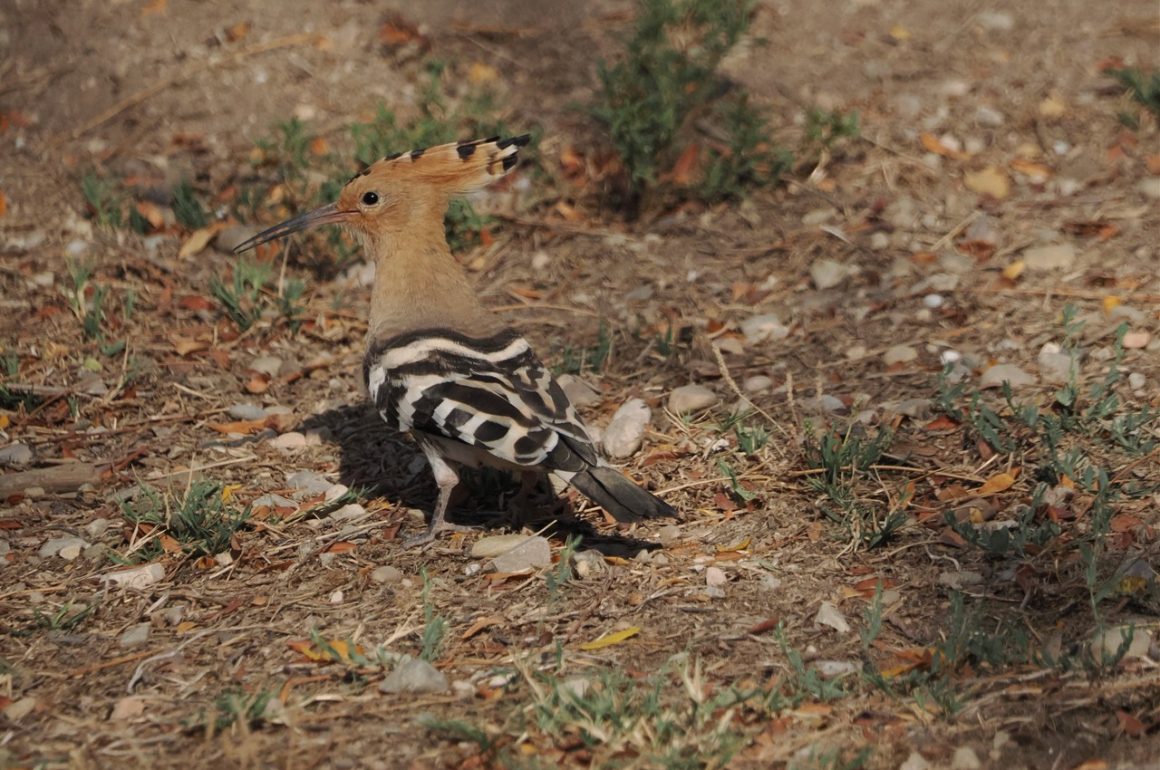
I’ve never been a city person, and I do my best to avoid visiting big towns and cities. Some years ago, to the mystery of many of my friends, I declared that I had no intention of visiting London ever again. OK, I do make an annual expedition to Wimbledon to watch the tennis (and see a Ring-necked Parakeet or two), but Wimbledon is only a suburb of London, so it doesn’t really count as a visit to the city.
However, sometimes a stay in a city is unavoidable, as it was earlier this month when I spent a night in a city-centre hotel in Zaragoza. According to Wikipedia, Zaragoza is the fourth or fifth biggest town in Spain, and the 26th most populous municipality in the European Union. In other words, it’s big. It also has a big river running through it – the Ebro, the longest river that flows for its entirety through Spain. It’s 580 miles long.
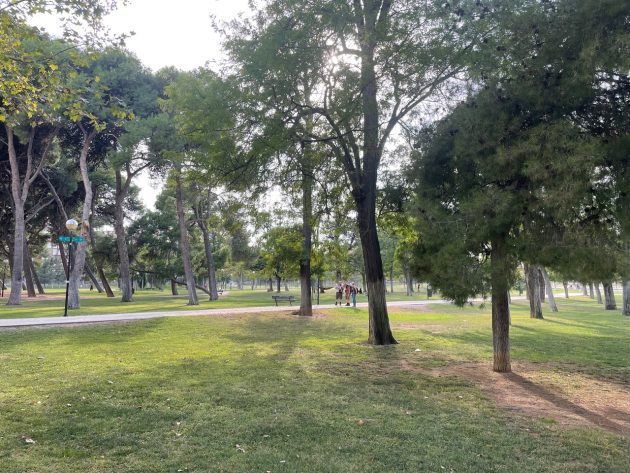
My Zaragoza hotel overlooked the Ebro, so at breakfast I was able to eat my croissant watching flocks of Cattle Egrets flying upriver (not one went the other way). A walk along the river revealed a single Little Egret, as well as numerous Cetti’s Warblers singing, unseen, from the cover on the river banks. I’m sure that if you walked the banks of the Ebro every day, you would see a fine variety of birds. However, a quick look at a city-centre map revealed a large park with an easy walk of my hotel. Called Parque del Tio Jorges (literally Uncle George’s park), it looked worth investigating.
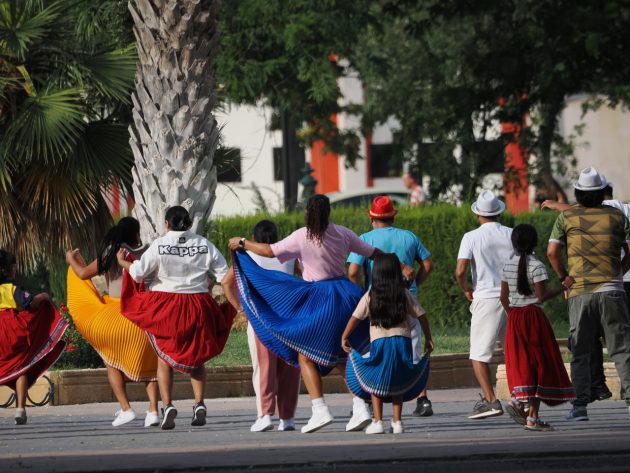
Parque del Tio Jorges isn’t just popular with birds…
Not surprisingly, the most conspicuous birds were familiar species I see at home. There were lots of Feral Pigeons and Wood Pigeons (my photograph of two juveniles was taken next to the Ebro, rather than in the park), and numerous Collared Doves. The latter are recent colonists of Iberia: in 1980 the Spanish population was thought to number not more than 400 pairs. It’s now estimated to be between 3 and 4 million.
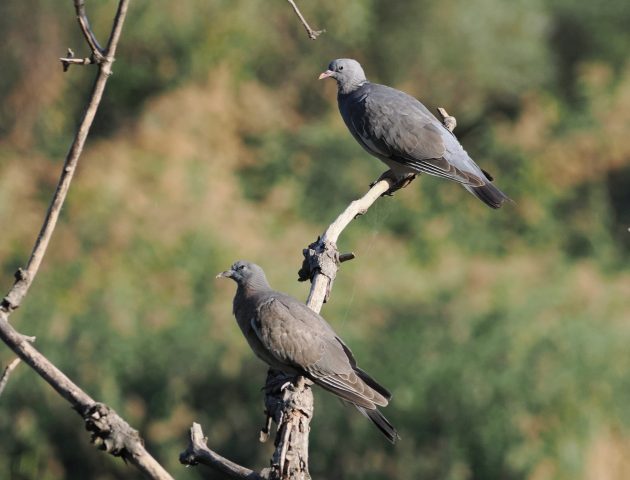
A pair of juvenile Wood Pigeons (not the lack of a white neck ring)
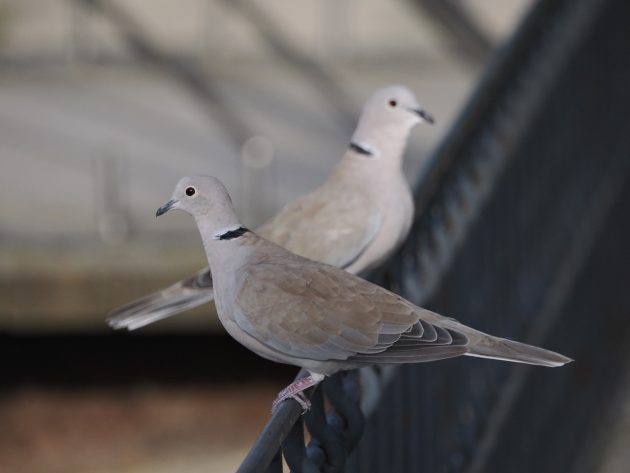
Collared Doves – recent colonists of Iberia
Magpies were common, too, and were both tame and approachable. They are remarkably handsome birds, with their black plumage shot through with purples and greens, but their cackling voices don’t endear them to the general public.
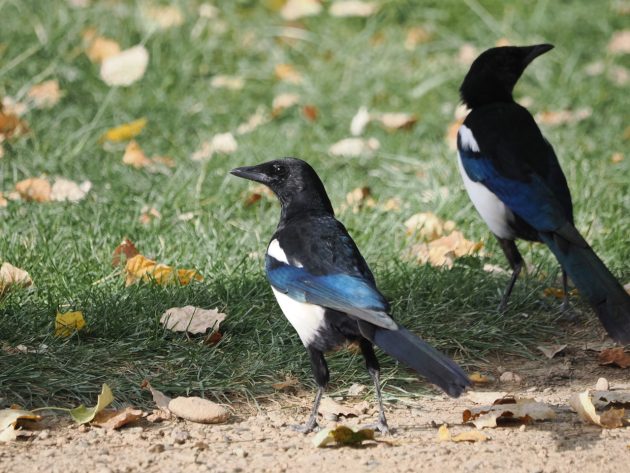
A pair of Magpies, and (below) a Jackdaw
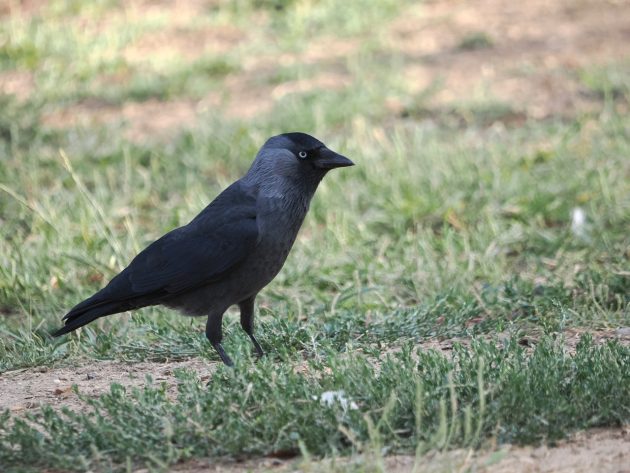
I was expecting to find a variety of parakeets in the park, especially as on my last brief visit to Zaragoza, nine years before, I’d had good views of a Monk Parakeet, and I was rather hoping to be able to photograph one. (Barcelona supports no fewer than six species of parrots and parakeets.) However, apart from a distant glimpse of a fast-flying and equally fast disappearing parakeet I didn’t see any, which was disappointing.
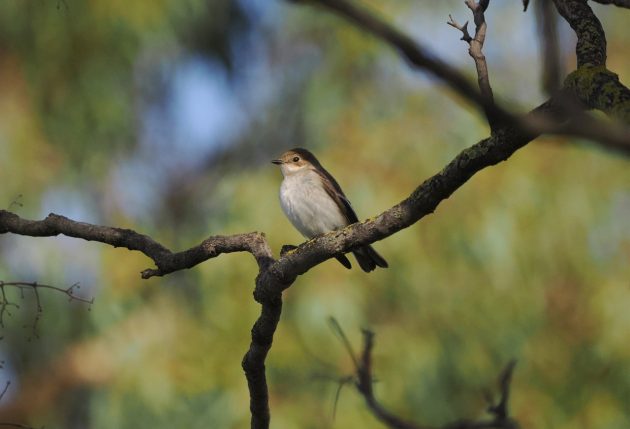
Pied Flycatchers (above and below)
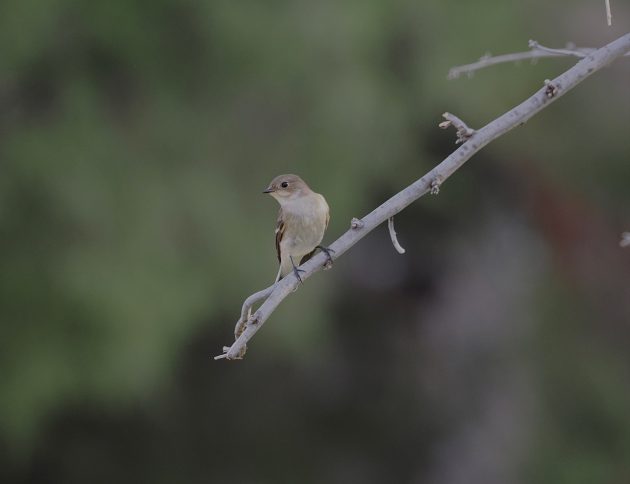
What I was delighted to see, though, were many Pied Flycatchers. Though these flycatchers do breed in Spain, the birds I was seeing were almost certainly migrants from northern Europe. Ringed birds from as far away as Russia, along with Scandinavia, Germany and Britain, have been trapped or recovered in Spain. I’d only seen one in England this year, a singing bird on Exmoor, so to see so many was a treat. However, an autumn pied flycatcher is a rather dull little bird to look at, as soon after breeding the birds moult their eye-catching pied plumage. Despite this, they are pleasing to watch as they tend to be very active, though unlike Spotted Flycatchers they seldom return to the same perch.
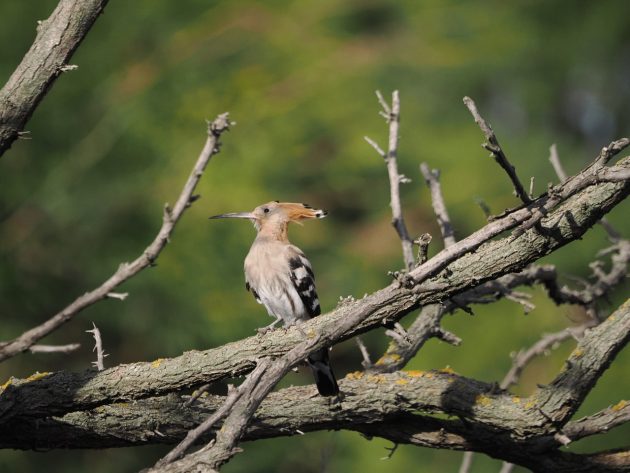
Hoopoe – a bird that always excites the Brits
Much more eye-catching were the splendid Hoopoes that took little notice of passers by, or their dogs. Hoopoes are scarce birds in Britain, though they are widespread and often common across Europe and Asia. We Brits can never resist photographing Hoopoes when the opportunity arises: one of my companions even ended up flat on his stomach as he tried to get the perfect eye-level shot. Finding and photographing the Hoopoes was a real treat.
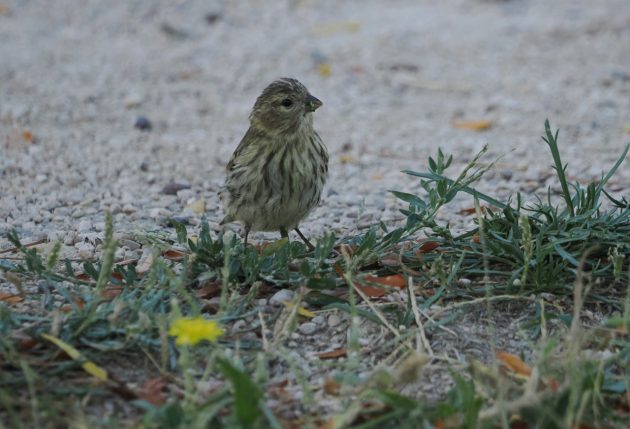
Small and streaky: a Serin
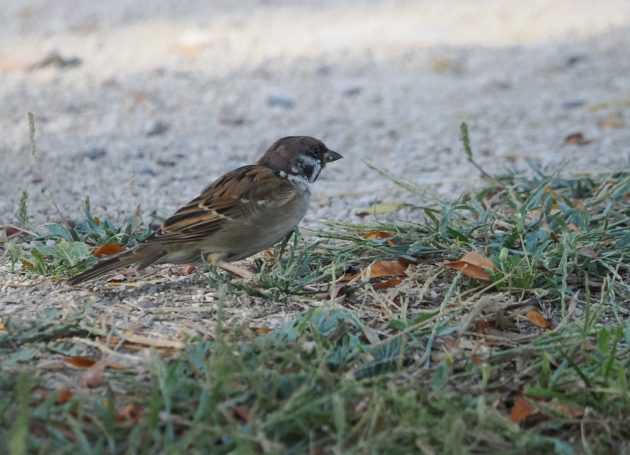
Tree Sparrows have become rare birds in southern England, so are always good to see
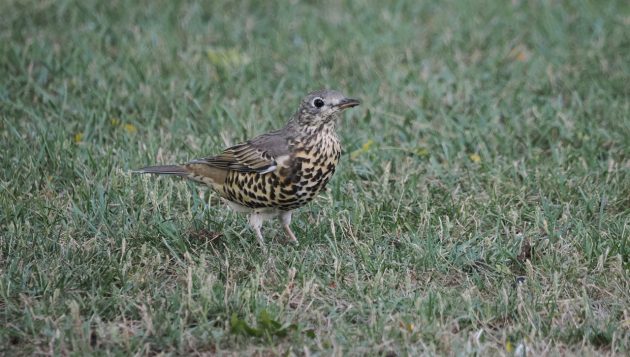
Mistle Thrush
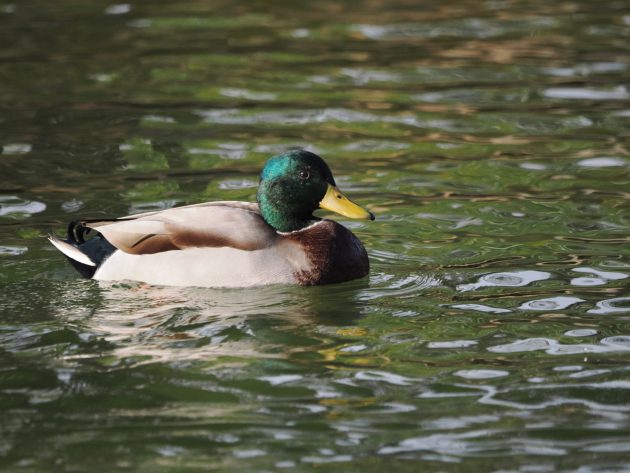
Mallard
There were other birds to be found, too – Serins, a pair of Mistle Thrushes, Tree Sparrows, Spotless Starlings – but disappointingly the artificial lake held nothing more exciting than a bunch of Mallard, not all of which were pure-blooded. However, my stroll in Uncle George’s park was an enjoyable experience, and if you ever find yourself in Zaragoza, I recommend it.
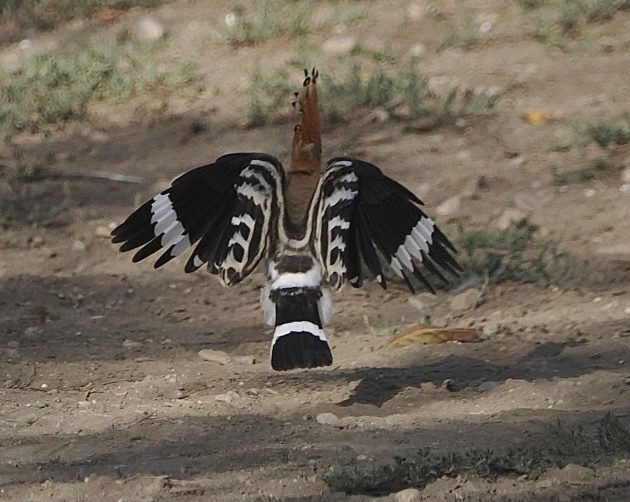


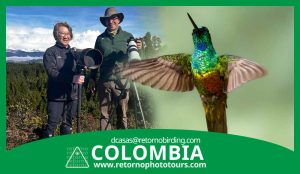


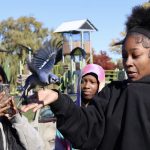


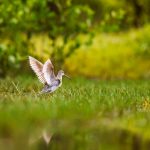

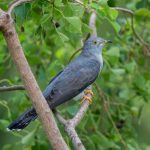
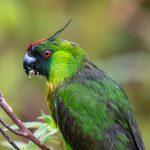
Business birding: there are pleasant surprises in every city’s green spaces. Great post.
I saw my first, and to date only, Hoopoe poking its long bill into the manicured lawns of Madrid’s Parque de Atenas, practically in the shade of the city center’s Royal Palace and Cathedral. I would not have guessed this stunning bird is an urban species, but it clearly loves urban parks in Spain.
I feel the same about Hoopoes and think it’s a bird that always excites Americans too. While Central and South America has the spectacularly crested Royal Flycatcher, there is really no bird like the Hoopoe in North America that I can think of.